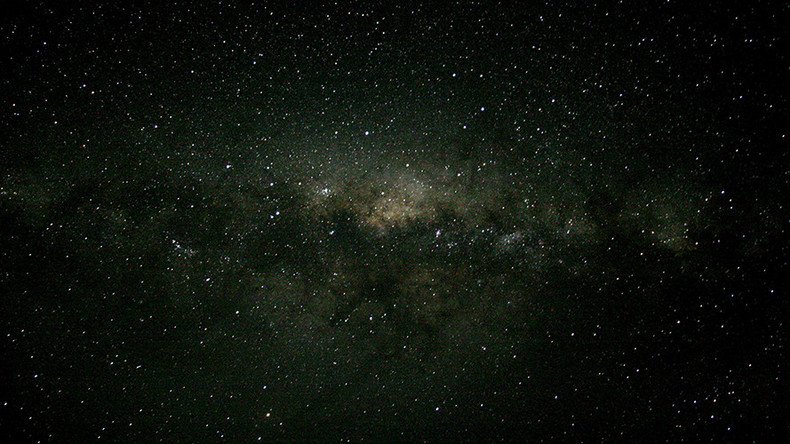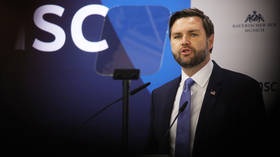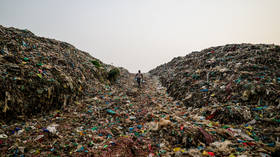‘Extragalactic immigrants’: We’re all made from far-away star dust, scientists say

Astronomers studying the galaxy formation have theorised that up to half of all matter that makes up our Milky Way came from far flung regions of space - meaning that us and everything around us are extragalactic immigrants.
Scientists used advanced computer simulations to show how galaxies grow over billions of years, concluding that mind-boggling amounts of matter are absorbed by one galaxy when ejected by smaller ones following stellar supernova explosions.
When a star dies it creates a supernova, a massive explosion which results in the expulsion of most of the stars mass, it’s matter, and atoms which make up this matter. These atoms are sent hurtling through space being transported from one galaxy to another on “powerful galactic winds.”
Self-teaching neural networks help find super-fast stars traveling from mysterious epicenter of Milky Way https://t.co/lSuGPrCnUU#spacepic.twitter.com/phOf4s6yDk
— RT (@RT_com) July 9, 2017
These galactic winds move at speeds of hundreds of kilometres per second but, such is the distance between galaxies, the process of one galaxy absorbing another's matter, in a newly identified phenomenon called “galactic transfer,” takes billions of years.
While it has been previously known that a larger galaxy can absorb matter from another smaller cousin, just how much came as a surprise to scientists. In research, published Thursday in the journal Monthly Notices of the Royal Astronomical Society, astronomers discovered that the transfer of matter by galactic winds can account for almost half of all matter in larger galaxies.
Professor Claude-André Faucher-Giguère, one of the astronomers involved in the research, explains the phenomenon thus: “What this new mode implies is that up to one-half of the atoms around us — including in the solar system, on Earth and in each one of us — comes not from our own galaxy but from other galaxies, up to one million light years away.”
Cosmic flyby: Hubble snaps 2 galaxies hurtling past each other at over a million mph (PHOTO) https://t.co/A84IxmwZNtpic.twitter.com/6cXhVgXqB7
— RT (@RT_com) May 14, 2017
Study lead Daniel Anglés-Alcázar thinks that as a result we should consider ourselves space travelers.
“Given how much of the matter out of which we formed may have come from other galaxies, we could consider ourselves space travelers or extragalactic immigrants.”
“It is likely that much of the Milky Way’s matter was in other galaxies before it was kicked out by a powerful wind, traveled across intergalactic space and eventually found its new home in the Milky Way,” he added.
Further tests are now planned to test this new theory, including working with the Hubble Space Telescope team and others from ground observatories in order to further understand how our galaxy formed.













